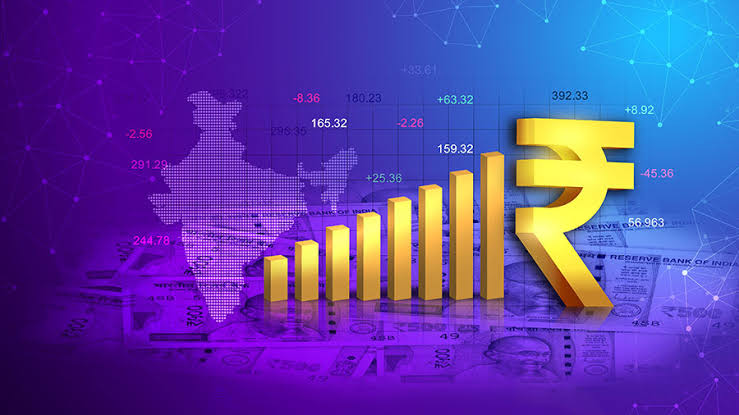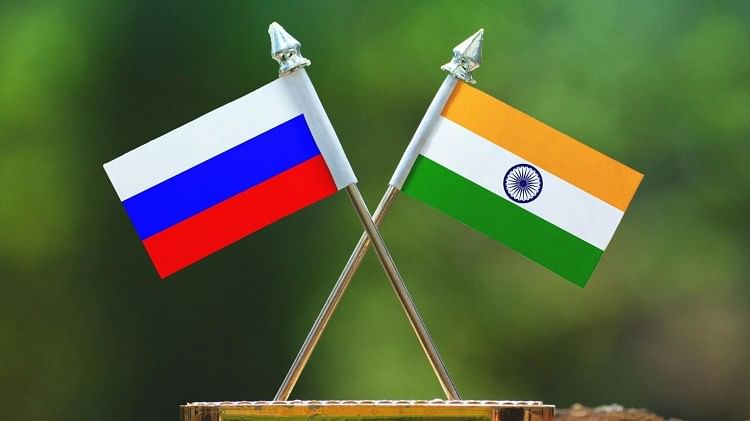India’s Efforts to Promote Rupee in International Trade Suffer Setback as Russia Suspends Negotiations
The failure of the rupee settlement mechanism with Russia is a significant blow to India's efforts to promote the use of its currency in international trade

India and Russia have suspended their negotiations to settle bilateral trade in rupees, as Moscow is reluctant to hold onto the Indian currency. This is a significant setback for India, which has been trying to promote the use of the rupee as a payment mechanism for its trade with different countries.
The Indian importers of cheap oil and coal from Russia were eagerly awaiting a permanent rupee payment mechanism to reduce currency conversion costs. However, with a significant trade gap in favour of Russia, Moscow is concerned about accumulating rupees and believes it will end up with an annual rupee surplus of over $40 billion, which it considers undesirable.
India started exploring the rupee settlement mechanism with Russia after the invasion of Ukraine in February 2022, but there has been no reported deal done in rupees. Although most trade is in dollars, an increasing portion is being carried out in other currencies like the UAE dirham. India’s share of the global exports of goods is only around 2%, and the rupee is not fully convertible, reducing the necessity for other countries to hold rupees.

Trade-In Rupee
The failure of the rupee settlement mechanism with Russia is a significant blow to India’s efforts to promote the use of its currency in international trade. India has been trying to increase the use of the rupee as a payment mechanism to reduce its dependence on the US dollar and enhance its economic sovereignty. However, the suspension of negotiations with Russia indicates that other countries may also be reluctant to use the Indian currency, limiting its usefulness in international trade.
The two sides have spoken about facilitating trade in local currencies; however, the guidelines were not formalised.
Russia is not comfortable holding rupees and wants to be paid in Chinese yuan or other curr currencies, according to an Indian government official who was involved in the discussions.
“We don’t want to push rupee settlement any more; that mechanism is just not working. India has tried everything to make this work, but it hasn’t helped,” another source directly aware of the developments said.

Since Russia’s invasion of Ukraine, India’s imports from Russia have risen to $51.3 billion until April 5, from $10.6 bln in the same period in the previous year.
Discounted oil has constituted a large part of India’s imports, surging twelve-fold in the period. Exports from India in the same period fell slightly to $3.43 bln from $3.61 bln in the previous year.
As per officials following the discussions, both countries have now started looking for alternatives after the rupee settlement mechanism did not work out.
India, Russia Trade
After the invasion of Ukraine by Russia in 2014, the international community imposed economic sanctions on Russia, affecting its trade relations with other countries, including India.
Despite the sanctions, India and Russia have continued their trade relations, with India importing large quantities of discounted oil and coal from Russia. In fact, India’s imports from Russia have risen sharply since the sanctions were imposed, reaching $51.3 billion until April 2022, from $10.6 billion in the same period the previous year.
To mitigate the impact of the sanctions, India and Russia have explored various mechanisms to facilitate trade in local currencies, including settling trade in Indian rupees. However, negotiations on this front have not been successful, as Russia is not comfortable holding rupees and prefers to be paid in Chinese yuan or other currencies.

Despite the setback in their efforts to settle trade in rupees, India and Russia have found ways to continue their trade relations. They have resorted to settling trade payments through third-party countries and in different currencies, including the UAE dirham and the Chinese yuan.
Indian traders are also settling some of the trade payments outside Russia. The use of third-party countries and currencies has enabled both countries to continue their trade relations, although it has increased currency conversion costs for Indian importers.
In conclusion, despite the imposition of economic sanctions on Russia and their unsuccessful negotiations to settle trade in rupees, India and Russia have found ways to continue their trade relations. Their ability to do so indicates the importance of their trade relationship, which remains a significant component of their overall bilateral ties.




